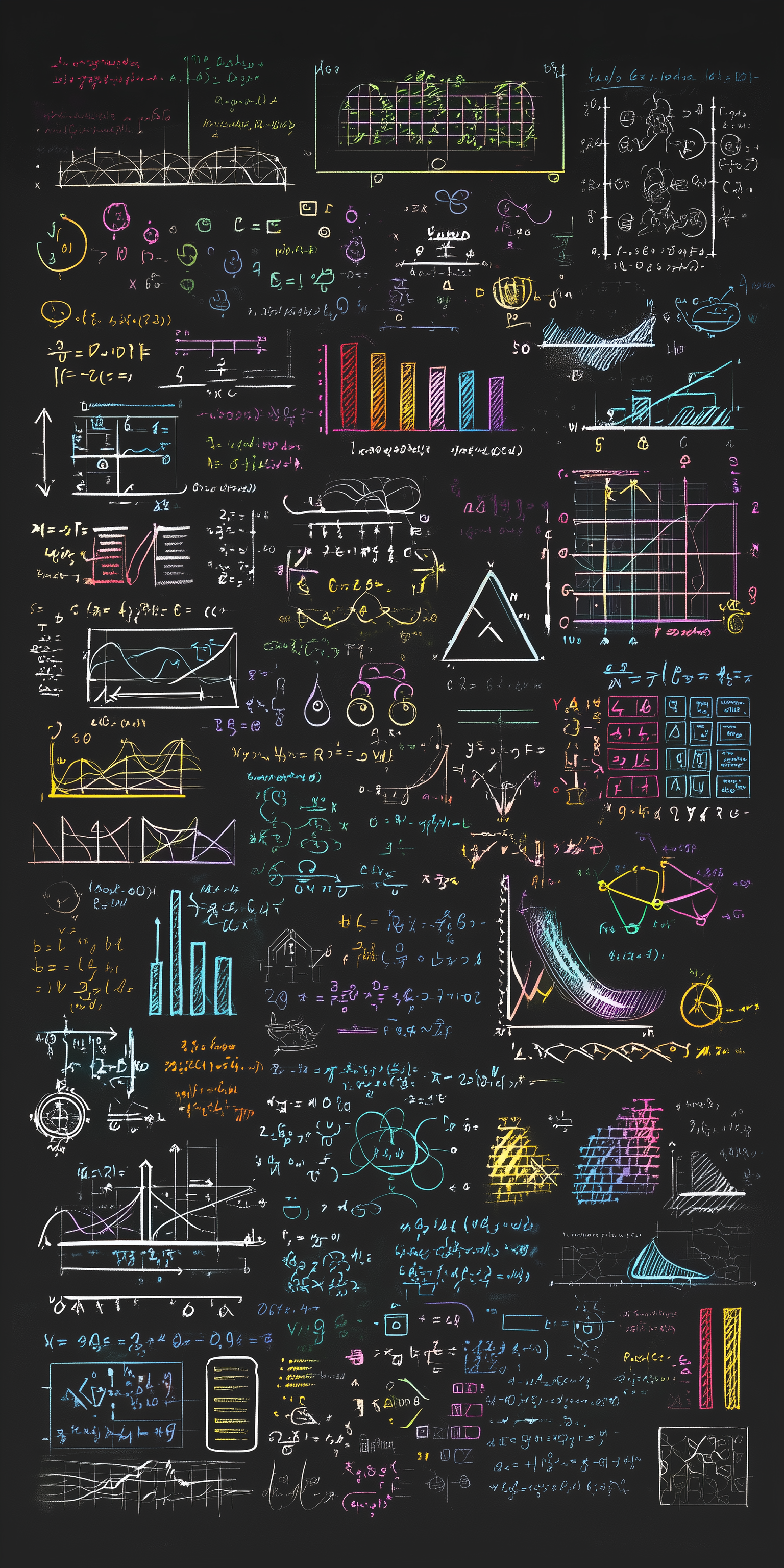Learning in Prison
Exploring how AI could personalise education for offenders and support rehabilitation
Many people in prison enter the justice system with low levels of education. This can make rehabilitation, reintegration, and employment far more difficult. Poor educational attainment is a known driver of reoffending, yet access to high-quality, tailored learning in prisons remains inconsistent and often limited by staffing and infrastructure.
We are scanning how AI-powered learning platforms could help address this challenge by providing personalised, scalable support for offender education. These systems have already shown promise in mainstream education. Platforms like Khan Academy's AI tutor and Oak National Academy's AI-assisted tools have demonstrated how content can be tailored to individual needs, pace, and ability.
In the justice system, this kind of personalised learning could help people in custody develop basic skills, digital literacy, and vocational knowledge that supports employment and rehabilitation.
This work is at an early exploratory stage, but holds potential to help close educational gaps and offer meaningful learning opportunities to people across the prison estate.

Potential Benefits
Personalised Learning
AI can adapt to individual learning needs, pace, and ability levels, providing tailored educational experiences.
Improved Outcomes
Better education can reduce reoffending rates and improve employment prospects post-release.
Employment Ready
Focus on digital skills and vocational knowledge that directly supports employment opportunities.
Case Study
Generative AI is enabling learning in new ways
Through the Digital Education Content Pilots project, which concluded in Spring 2025, HMPPS explored how generative AI could accelerate the development of tailored learning content.
One supplier used AI to create structured content frameworks which were then adapted and delivered to prisoners via our secure virtual learning environment. Topics ranged from geography and history to digital skills and employability.
This approach allowed learning material to be tailored more efficiently to learner needs, supporting a scalable way to improve access to high-quality education. We are continuing to explore how similar innovations could be used both in custody and in the community, giving individuals access to a tutor that adapts to them.